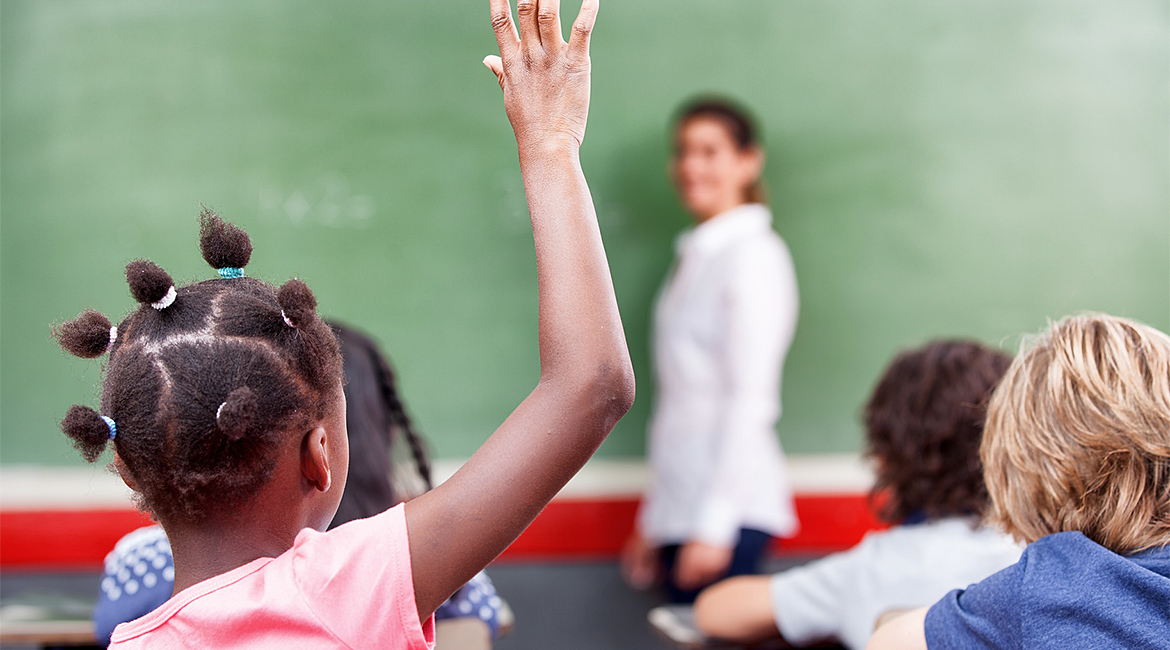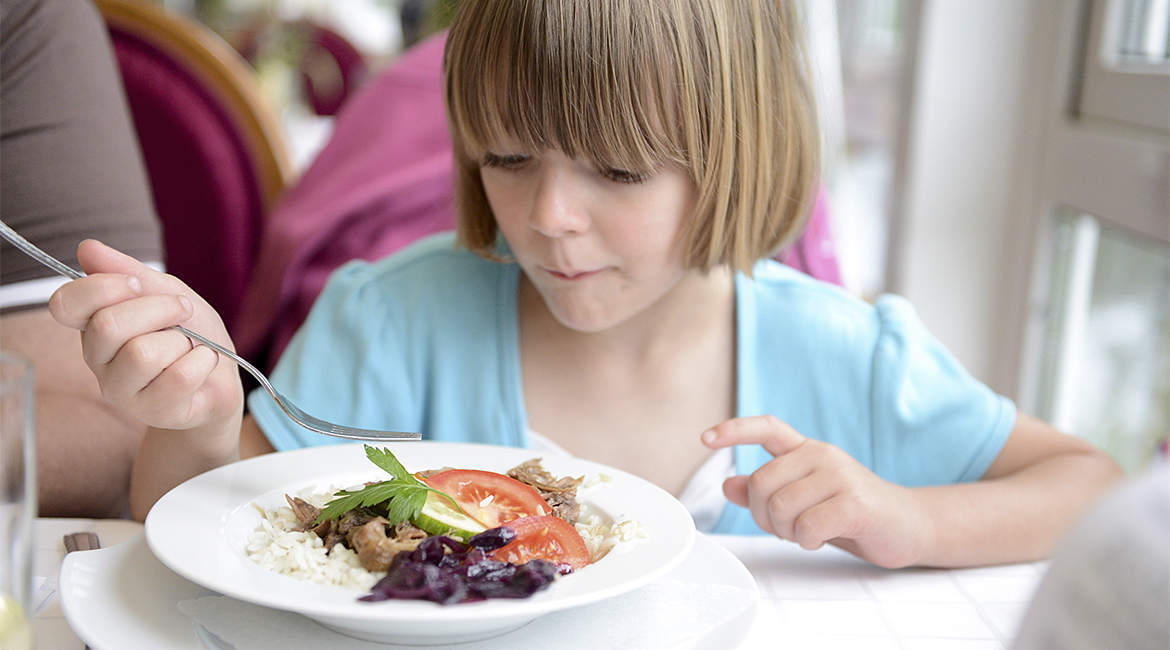It wasn’t very long ago when manners were taught rigorously in the home and at school. A huge value was placed on teaching children the proper way to act in public and at home. But in today’s world, where two working parents is basically the norm and where cell phones have become a daily staple at almost every dinner table, it’s easy to feel overwhelmed about how to teach your child the proper way to use their manners. It’s not that parents don’t want to raise respectful, considerate and mindful kiddos, it’s just that for the last few generations, manners have been unknowingly put on the backburner. Don’t worry! It’s easy to start incorporating manners into your child’s everyday life—even if you think you may have missed the window of opportunity for teaching them! Read on to find out about the importance of teaching manners, great tips for doing so and the ways it benefits both you and your child.
Staying Mannerly
Did you know that table manners didn’t come about until the 1500s?[1] It’s true! You can thank the Renaissance period for modern day manner conveniences like elbows off the table and no spitting in the Sunday soup! During the following few hundred years, we’ve realized the importance of acting mannerly to others and we’ve passed it down from generation to generation. Manners are a great thing to bestow upon your child. I’ve never once heard someone complain about a child being too mannerly. Teaching them the proper ways to behave while at school in social situations is essential to helping them grow up properly. Manners help provide a connection of empathy with those who are providing the good or service, help children to look outside of themselves and allow them to get along well with others in various social situations. Plus, manners just make for an all-around wonderful character trait in your child and help keep you sane when you send your little ones off into the world.
Being A Guiding Light
So how do you help your child remember their manners and just how easy is it to teach them? Research shows that children can begin to use their manners as early as 13 months old by learning to say “please” and “thank you.”[2] The key to exceptional etiquette is through first explaining the particular manner you’re working on, repeating it in practice until it becomes second nature and finally, complimenting the manner when it’s used correctly in any social situation or at home. The most important way to instill good manners in your child is to model the behavior at home. You should be courteous to others and use good manners in front of your children. They will learn more from watching you interact with others than you even imagine possible. Which manners should you teach your children? Try these first.
– Minding their Ps and TYs.
The first and most basic rule of manners is to say “Please” when you need something and “Thank you” when you receive something. Babies, though they might not know why at first, can be taught to say these things at an early age. You should also teach your child to thank the host of a party or playdate for having them over. Practice makes perfect so don’t feel bad about making them repeat it.
– Not interrupting.
When a child needs something, it’s hard for them to have patience. But it’s very important for them to learn that adults must finish their conversation before they answer a child’s question. Unless it’s an emergency, teach your child to wait until grown-ups are finished speaking before interrupting. The same goes for at school. Teach them that it is rude to interrupt their teacher while they are talking. If they must interrupt during a conversation, teach them that the most polite way to cut in is to say “Excuse Me” and wait to be acknowledged.
– Following Table Manners.
One of the best places to execute and practice manners is at the table. Teach your child to put their napkin in their lap, ask to “Please Pass” whatever food item they desire (instead of grabbing aimlessly) and to keep elbows off the table, tiny booties in the chair and feet flat on the ground. As your child grows you can explain to them about different forks and spoons to use for different purposes, how to show the server that they are finished (or not finished) with their meal and which way to hold certain glasses. Bathroom manners should also be well taught.
– Crafting Handwritten Notations.
A great way to show that you care for others and appreciate them is to give a written thank you note or note of appreciation to your host or gift-giver. You should do so within three days of the specified event. Younger children can sign their names or draw a picture. PreK babies and above can write their own note with your help. Check out Pinterest for some adorable ways to make saying “Thank You” so much fun.
– Showing Kindness.
Another great way to show great manners is to be kind and understanding to others. Teach your child to listen as others talk and to see any differences as a unique and exciting trait, nothing to ever point out or make fun of. Teach your child to also save his opinions to talk to you about later. A child will naturally be curious about other’s differences but have them wait to ask you before pointing anything out loud.
– Using Polite Language.
A child should never use language that is ugly, disrespectful or that is not age appropriate. One of the best ways to ensure this happens is to model the use of healthy and positive language at home and in your own family. If your child hears improper language from a friend at school, promptly talk to them about why the word is inappropriate to use and ask them not to use it again.
– Acting Mannerly.
Certain mannerisms and physical characteristics can display your child’s manners out in the world. Teach your child to sit up straight, shake a hand correctly and firmly, and look directly into the eyes of someone that is talking to them. Doing so will help them build self-confidence in social situations. They should also learn to hold the door open for others, say ma’am and sir when necessary, and address their elders. And call me old-fashioned, but I still swoon over a good tip of the hat!
Giving your child the basics when it comes to being mannerly is beneficial to you and to your child. Making sure that they have the tools in place to handle social situations confidently is a great gift that you can give your child. Still feeling unsure about how to teach your child the proper way to act? There are etiquette classes available in every state to ensure that your children know everything from which fork is the salad fork to how to ask a girl to dance. And that’s something they’ll definitely grow up to thank you for.
Sources:
[1] National Geographic link
[2] US National Library of Medicine National Institutes of Health link
About the Author:
Tracy E. Brown is a journalist and educator with over 14 years of experience working in the field of Child Development. She is currently the Assistant Editor of Black Dress/Red Wagon Magazine in Atlanta, Ga. and previous Associate Editor at Pregnancy & Newborn Magazine. She previously taught preschool at the Goddard School in Farragut, Tennessee and taught Kindergarten for Dekalb County Schools in Atlanta. Other writing credits include the Green Building Research Institute, London’s facetheory.com, WBIR Channel 10 News, PBS, Duke University and American Airlines. She is also a mom to three adorable little ones.



